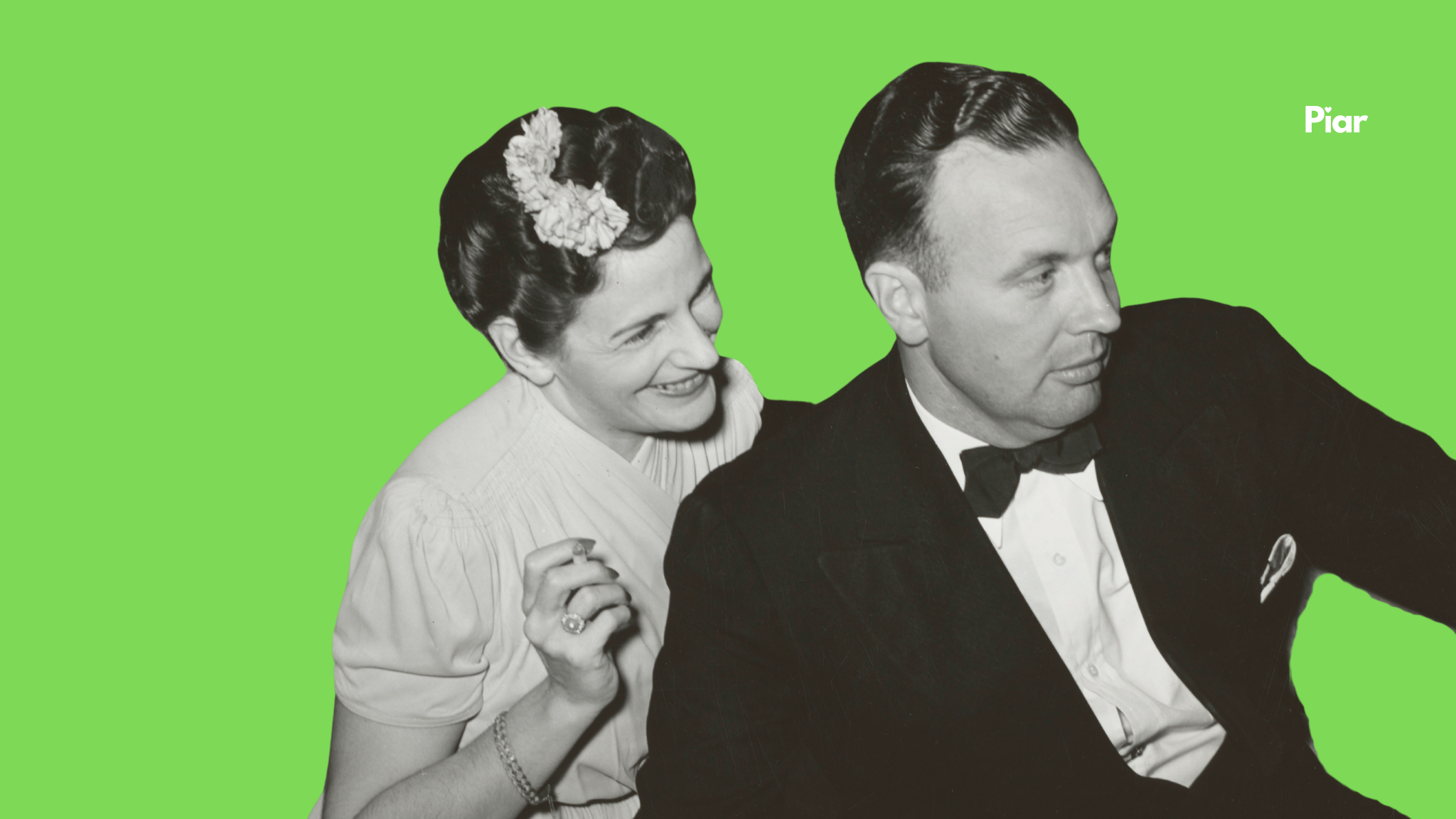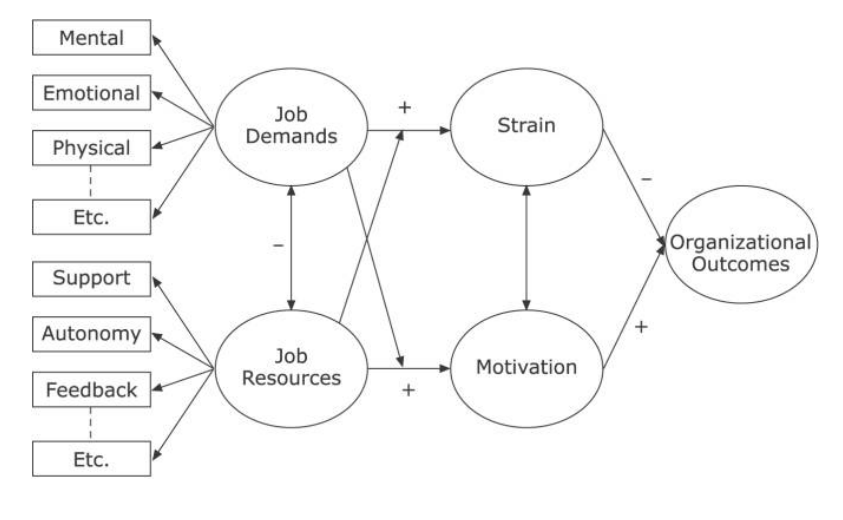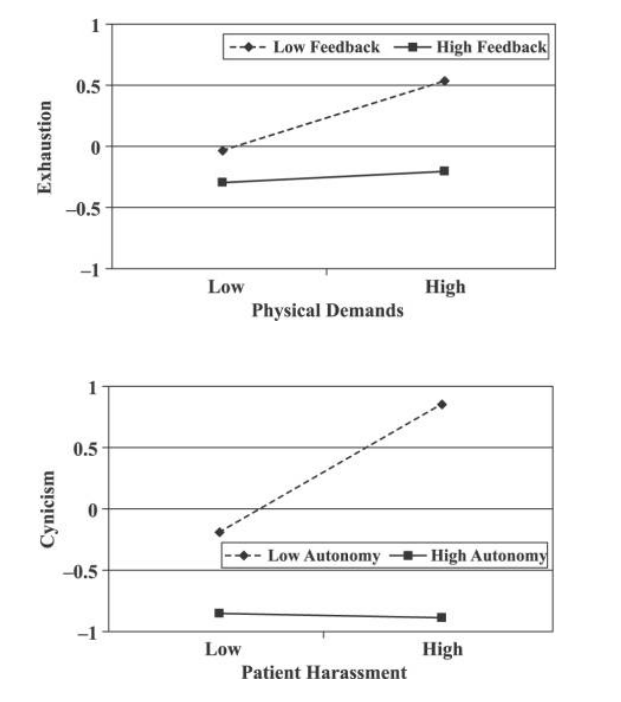
We're working on getting insights, tools, and techniques straight to your inbox on a weekly basis. No commitment required, we'll reach out again when we're ready to see if you still want to receive weekly emails.
By submitting this form, you agree to receive recurring marketing communications from Piar at the email you provide. To opt out, click unsubscribe at the bottom of our emails. By submitting this form, you also agree to our Terms & Privacy Policy
Team wellbeing drives resilience, retention, and creativity, helping PR and communication groups adapt, recover from setbacks, and consistently support one another. Too often, wellbeing gets attention only when stress reaches a breaking point and impacts attendance or output. Proactive teams make wellbeing visible and actionable by designing regular audits, monitoring morale and collaborative spirit every quarter rather than once a year.
The Self Help Team Assessment framework privileges actions over impressions. Each audit tracks practical markers: How often do teammates offer help and share honest feedback? Are wins celebrated together, or are signs of burnout present? Everyday acts like willingness to offer support, recognize extra effort, or discuss stress openly serve as leading indicators. Tracking them, informally or during scheduled check-ins, makes collective wellbeing visible and addressable.
Workplace wellbeing research has matured substantially over two decades. The Job Demands-Resources (JD-R) model, first proposed in 2001, is now the field's most cited framework for explaining how job characteristics impact wellbeing and performance. By 2015 the three foundational JD-R papers together were cited nearly 7,000 times, rising sharply since then (Demerouti et al., 2001; Bakker & Demerouti, 2017; Bakker & Demerouti, 2023).
The JD-R model separates working conditions into two categories: job demands, which are aspects requiring sustained effort such as workload, emotional strain, conflicting roles, or high pressure, and job resources, which are practical, psychological, social, or organizational aspects that enable goal achievement, skill use, or personal growth. Resources include autonomy, supervisor support, skill variety, learning opportunities, and feedback.

Demands and resources activate distinct processes. Excessive demands, if unbuffered, produce chronic exhaustion and burnout characterized by cynicism, detachment, and self-doubt. Resources fuel motivation and engagement, creating that energized state where time flies, problems feel solvable, and people are deeply absorbed in their work (Bakker & Demerouti, 2017). A meta-analysis in the Journal of Applied Psychology found both demands and resources most strongly related to emotional exhaustion, an early sign of burnout (Demerouti et al., 2001).
JD-R theory explains patterns familiar to communications teams. When deadlines tighten and priorities shift, high demands combined with weak resources (little planning time, absent feedback, no control over process) start a predictable downward spiral. Exhaustion surfaces first, cynicism next, then diminished self-confidence. Reversing that pattern requires both resource-building and explicit, ongoing recognition of risk signals.
Consider a typical scenario: a client suddenly needs crisis response on Friday afternoon. The account team has already logged 50 hours that week managing three campaign launches. The demand spike is obvious (urgent timeline, high emotional stakes, weekend work), but the resource picture matters just as much. Does the team have decision authority to push back on scope or redirect other work? Can they access senior counsel without waiting for scheduled check-ins? Do they have templates and protocols that reduce the cognitive load of starting from scratch? Teams with strong resources absorb these spikes and recover quickly. Teams operating in resource scarcity accumulate strain that compounds across similar events.
Recent research highlights wellbeing's multi-level character. Individual and team conditions matter, but so does the organizational context surrounding them. A 2023 Journal of Organizational Behavior paper showed how high organizational competitive pressure can energize teams if buffered by collective trust and support at the unit level. Without that trust, the same pressure accelerates burnout (Bunjak et al., 2023).
Findings from Anxiety, Stress, and Coping (Bakker & De Vries, 2021) help explain how job strain leads to lasting burnout. When strain spikes, people become more likely to use maladaptive strategies: working longer hours, skipping breaks, or "soldiering on" rather than asking for help. As exhaustion mounts, adaptive coping like job crafting or seeking social support becomes more difficult to access. There's a finite window for course correction, which wellbeing audits are designed to catch.
A 2022 Frontiers in Psychology systematic review confirms the importance of individual resources such as self-efficacy, optimism, and social confidence. These traits cushion burnout risk and fuel engagement, but cannot substitute for structural support. Teams need both job resources and personal resilience (Frontiers in Psychology, 2022).
Wellbeing, job demands, and job resources influence each other in feedback loops. Burnout alters perception, making work seem more demanding and less supportive, which can trigger "loss spirals." By contrast, engaged employees are more likely to create resources through feedback-seeking, relationship building, and role expansion, building "gain spirals" over time (Bakker & Demerouti, 2023).
Tracking perception and behavior changes early in the process, like withdrawal from group projects or increased cynicism, provides a crucial lead indicator for intervention.
Loss spirals often announce themselves through subtle shifts in language and participation. Someone who previously volunteered ideas in brainstorms starts staying quiet. A team member who used to ask clarifying questions about project scope stops asking and just executes whatever lands in their inbox. These behavioral changes precede the visible performance problems that typically trigger management attention. Someone experiencing mounting exhaustion begins to perceive routine client requests as unreasonable demands, which increases their stress response, which further depletes their capacity to cope, which makes the next request feel even more overwhelming. Breaking that cycle requires catching it early, which means watching for the perception shifts and withdrawal patterns rather than waiting for missed deadlines or quality issues.
Integrate wellbeing checks into routine meetings. Consistency matters, whether in daily standups or quarterly reviews. Log findings, note trends, and use both quantitative scales and open discussion to surface actionable patterns.
A Journal of Occupational Health Psychology study in education found that increases in demands and declines in social support foreshadowed spikes in exhaustion by months, evidence of an intervention window (Bakker & Demerouti, 2017).

For PR teams, this means assessing demands by tracking current pressures (workload, ambiguity, emotion, cognitive challenge) and triggers. Assess resources by specifying gaps in autonomy, feedback, support, and skill variety. Use wellbeing indicators such as energy levels, engagement, boundary management, and recovery quality as longitudinal signals.
The tracking mechanics matter less than the consistency. Some teams use simple five-point scales for each dimension, rating them in a shared document at the end of each month. Others prefer open discussion formats where each person shares one current demand and one missing resource. The conversation itself often reveals patterns that numerical scores miss. When three people independently mention feeling unclear about decision rights on client changes, that signals a structural issue worth addressing regardless of their individual ratings. When someone notes they have not taken a full day off in six weeks, that is an early warning worth documenting even if their energy rating still looks acceptable.
A 2021 systematic review across 139 studies (Frontiers in Psychology, 2021) found leadership is pivotal. Transformational leaders who stimulate, support, and set clear vision create strong resource bases, buffer demands, and enable effective job crafting. Supportive leadership turns challenge into engagement, while absent leadership allows strain to morph into burnout.
Research spanning 91 independent samples confirms the positive link between engagement and both task and creative performance. Wellbeing supports attention, creativity, and stamina, all critical in communication roles. Burnout undermines performance by degrading cognition, boosting errors, and increasing withdrawal, often before declines in output become clearly visible (Bakker & Demerouti, 2017).
Communications work brings predictable cycles of intensity. Audits sustain performance by prompting open dialogue on boundaries and recovery quality alongside workload discussions. Research on stress recovery emphasizes that psychological detachment, autonomy in leisure, and relaxation are vital for true resilience beyond short-term survival.
For a downloadable worksheet, self-assessment, and more guidance, visit: https://www.piar.co/resources
...
About The Author:
Tanzeel “Tan” Sukhera is the Co-founder & CEO of Piar. Tan is based in Montreal, and has 7 years of experience in Media Monitoring & Social Listening, PR & Comms Measurement, Strategy &Analysis. Through events and workshops, Piar helps PR and communication leaders apply behavioral decision science to real-world campaigns, messaging, and stakeholder work. Learn more or reach out at piar.co.
LinkedIn: https://www.linkedin.com/in/tsukhera/ 👈